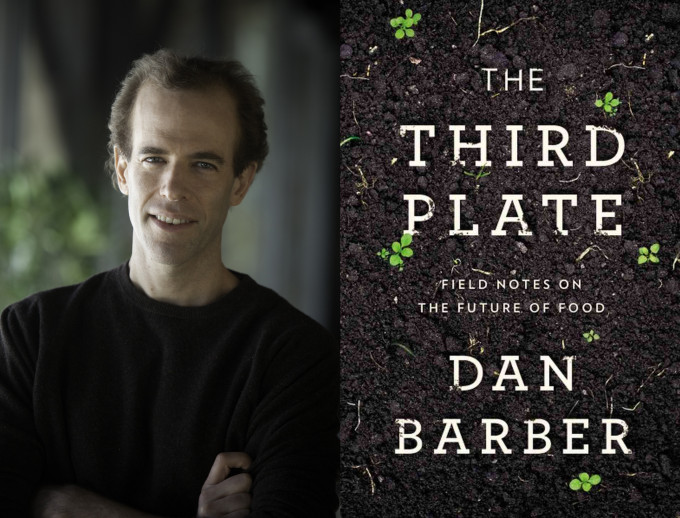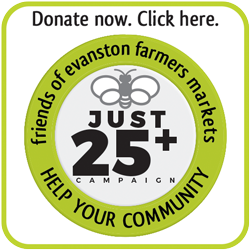Just when we think we’ve got the what-to-eat conundrum right, along comes chef Dan Barber to shake things up. As a responsible chef he attempts to serve the tastiest and most nutritious foods grown locally and organically, which he does. But a key lightbulb moment arrives when he realizes that in a matter of a few hours his restaurant patrons have devoured lamb chops that took months of preparation. As he scrambled to find more farmers to satisfy his customers, he began to question the sustainability of what we eat. In The Third Plate: Field Notes on the Future of Food, Dan Barber distills more than ten years of exploration into a proposal for a new definition of ethical and delicious eating. Barber begins his journey by examining the American plate.
FIRST, SECOND AND THIRD PLATES: He describes the first plate as one dominated by a large piece of animal protein accompanied by a small side vegetable. The second plate looks much like the first but the ingredients are local and organic. According to Barber, still not the sustainable change the world needs for a healthy planet and people. He reveals the third plate as local and organic but with foods that the land can provide sustainably. Perhaps he says that will look like a carrot dish holding the primary space with a sauce of second cuts of beef.
Barber’s journey toward better tasting and sustainable food begins in the dirt and on farms with farmers. In part one, “Soil”, we learn that it was only after WWII that American farms changed from using time-honored sustainable methods of farming to conventional mono-culture farms with chemicals to address soil fertility and pests. But Barber doesn’t just jump on the “organic is better” bandwagon; he states that chemical farming and bad organic farming both can kill the soil by starving it. Bottom line here is that we need healthy soil to produce nutritious food. It’s all about the dirt. Instead of being interested in farm practice labels, Barber urges us to question the care of the soil.
In parts two and three, “Land” and “Sea”, Barber takes us to more farms. He presents a farmer fattening geese for foie gras without tube feeding and a local community following sustainable practices for harvesting bluefin tuna. We visit farmers as they tell why they left behind the world of chemical farming and embraced organic and sustainable practices.
In the final section,”Seeds”, Barber explains our loss of seeds. Since the beginning of agriculture, farmers bred their own seeds and saved seeds suited to their land. With the Green Revolution, crop diversity and seeds were lost as monoculture farming was encouraged for higher yields. But the miraculous yields fade away as they are honestly compared to the total yields of diverse crop farming. This revolution also brought seed companies replacing the seed-saving farmers. In the 1990s Monsanto bought many of these companies, just buying out their competition further reducing seed supplies.
Interestingly, we learn at the very end of this book that it was our government that allowed for the friendly takeover of public research of agricultural practices through the 1980 Bayh-Dole Act making it legal to pay breeders for their seeds. Those public land grant universities dedicated to research and providing their results free to farmers were now in the business for profit.
Barber’s quest to find sustainable food is a journey discovering the history of food in various regions, in-depth stories of farmers and their struggles to recapture, replenish their land and provide diverse and plentiful food often fighting government and corporations.
Although I found that some of the writing could have used another round of editing, Barber’s book is compelling as he lays out the struggles of good farming. This book might be viewed as the introduction to a new and exciting revolution in farming, cooking and eating.
by Vikki Proctor



